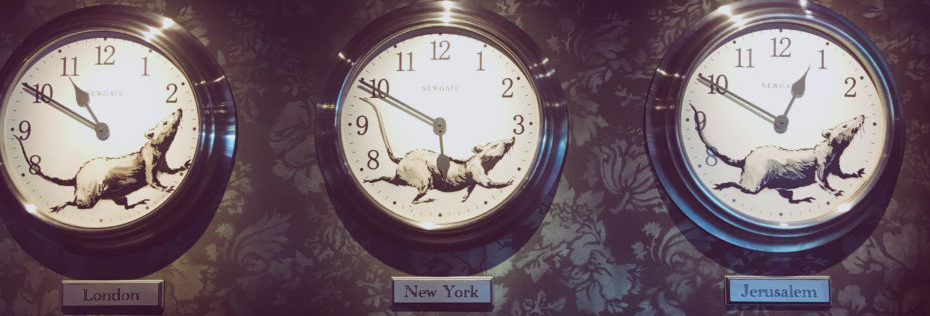
I woke up looking forward to my venture into Palestine. I had been in Jerusalem for 3 days now and after several walking the city and meetings with locals, I was looking forward to experiencing something more.
Before visiting Jerusalem, I was very much like the average American traveler and their first time in Israel. I knew about its struggles politically, but only from the American gaze and media.
But listening to the news and reading it from American media is not the same as being present and witnessing the reality in front of me, and through stories shared with me by local activists. I didn’t know much about what to expect on the other side of the wall, across the tunneled border into the West Bank. What I did know was shaped by American discourse and that narrative told me that this was a place of danger. That terrorism stemmed heavily from these parts, as did the terrorists themselves. In talking to anyone at home about my visit to the West Bank their first question was, Is it safe?
Needless to say, I felt ignorant and as hospitable as everyone in Jerusalem was, I wasn’t going to get the answers I wanted there. I needed to go for myself. Thus, deciding to get on the public bus into Palestine was an easy choice. Many travelers have crossed over endless times to explore areas such as the Church of Nativity – a UNESCO World Heritage Site – the Grotto of the Nativity, the Dead Sea, and Jordan, just to name a few. There are endless tour groups available for these trips. But Banksy’s opening of Walled Off Hotel, located right along the controversial West Bank wall has brought travelers closer to some of the harsher realities of the area. While I was there, buses loaded with tourists would stop just across the dirt road next to the hotel and stay long enough for spectators to snapshots and pose next to the bellboy monkey installation right at the entrance of the hotel, before quickly loading up again and driving off to other major sites, not once being welcomed to enter the museum…or walk further past the walls.
I wasn’t on an organized tour. I wanted to visit without the filtering of anyone else’s narrative and sadly, I felt that most tours were very scripted.
I boarded the bus (you can take bus 21 from the Damascus Gate bus terminal in Old Jerusalem to Bab ez-Zqaq, near the Church of Nativity, or bus 231 to the Bethlehem Check Point) and I got off sooner than I was supposed to but I was easily able to get a taxi to take me to the hotel.
The bus passed by a few large red signs along the road, too quickly for me to read them. I would later find out that they were warnings to Israelis about the dangers of entering Palestine. Getting off too soon forced me to walk a few blocks before I found a taxi. I could see people staring. I simply smiled and gave a small nod of the head or a slight wave of hello, both of which were reciprocated. The area didn’t feel like a place I hadn’t either been in or visited before, and I didn’t feel I was at all in danger – though the feeling of being lost is never pleasant.
The taxi didn’t leave me right at the hotel because the dirt road was difficult to navigate in a small car. There was a lot of construction happening in the West Bank. News outlets report that Israel is expanding its presence in the area with the construction of new roads, despite UN opposition to increased settlements there.
Coming up to the wall made my heart heavy. It had an immediate effect on me. I recognized it for what it was: segregation.

I haven’t seen many walls like these in my lifetime. I was only 18 years old and not yet traveling to faraway places when the Berlin Wall came down. I saw it happening live on television, like most of the world. It felt emotional, but far away. I have seen the wall in the United States that separates us from Mexico. It feels oppressive and isolating. I have seen the more chaotic barrier that stands between Haiti and the Dominican Republic, which I know has been the scene of incredible violence, human rights abuses, and loss of lives. Standing in front of the West Bank wall, I found myself just staring at it for extended moments trying to grasp the emotion of what it must be like to be forced to one side of it. It felt…wrong.
The Hotel
I arrived at the Walled Off Hotel earlier in the morning, but the tour buses had not yet arrived. An early morning trip is what I recommend for anyone wanting to visit, as to do so while the tour buses around feel like walking into the middle of a circus sideshow.
I was greeted by Mohammed, the doorman, as he stood tall in his elegant long coat at the wait to open entry for me. I asked him if I could take a photo with him in it, and he smiled, “So few people ever ask, but of course!” I felt a bit embarrassed by this and grateful. “What do you think of the hotel?” I asked him. “It is wonderful,” he replied, “and so important.” He opened the door. “Enjoy,” he said, as I walked into what I refer to as an experience.

When it comes to Banksy, I like his work just fine. My husband, the artist in our family, was the one to really open my eyes to him. I am not as hip and cool as he is. Everything I know about the artist, which honestly is not very much, I know because of my husband, and in great part my visiting this particular spot was because I thought it would be nice to bring a piece of this experience back home to him. That aside, I entered the space with an eagerness to learn something new, hear the other side of history, and see something I hadn’t seen before – which artists like Banksy are incredibly good at showing.
The lounge, or parlor, replicates the style reminiscent of British colonialism, the influence of which continues to overshadow these lands and impact its people. This year (2017) commemorates the 100 years since the British took Palestine, and in effect kick-started much of the chaos in the region today. The tranquility of the gentlemen’s club-style parlor is interrupted by the symbols of historical atrocities committed, all displayed throughout.

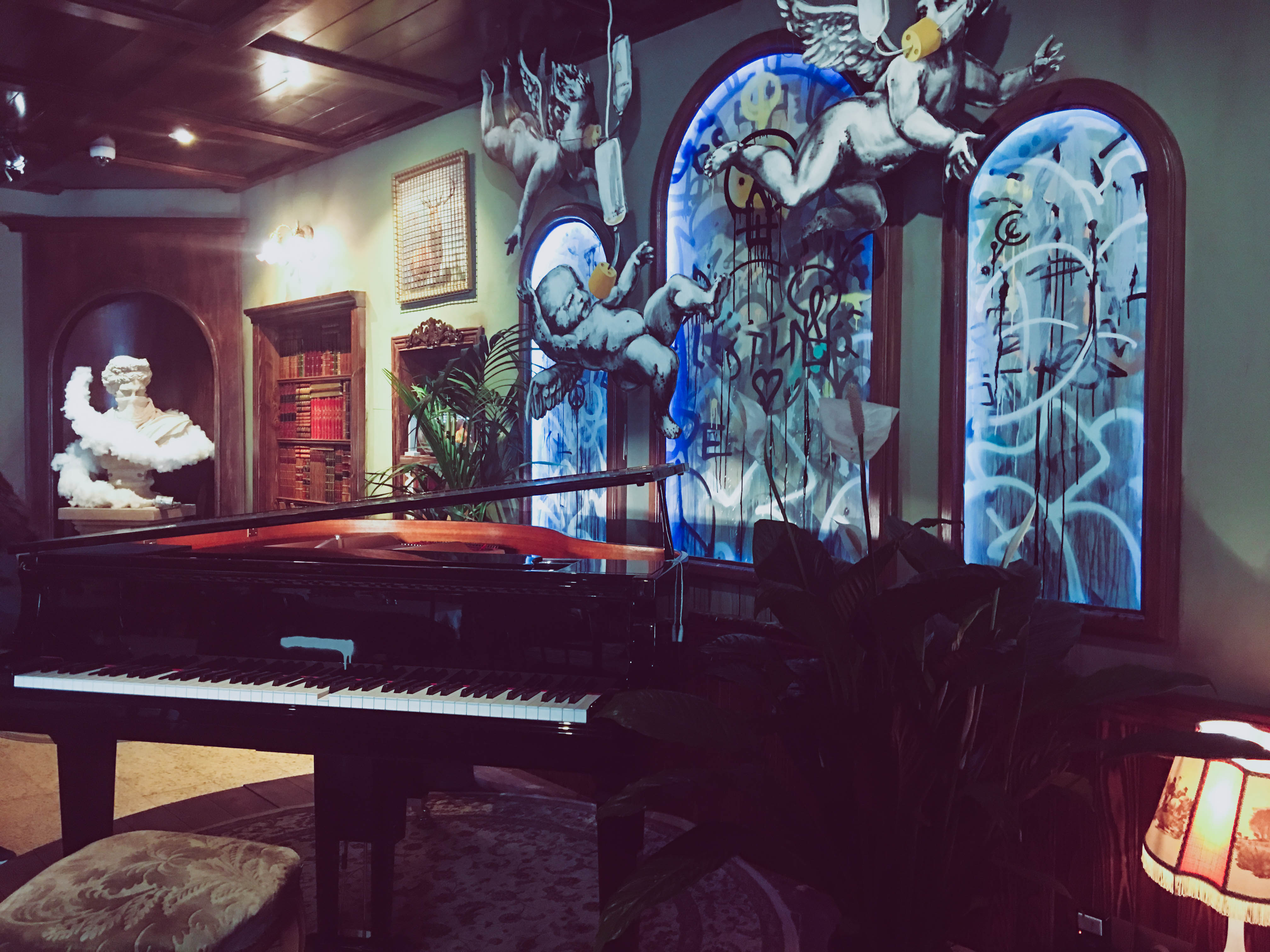
A walk through the museum, also on the first floor, left me in tears and angry at my lack of understanding of what has happened to so many Palestinians for so long. The museum is small but impactful with its collection of home videos, and abandoned belongings of those forced out of their homes without notice. Photographs and personal stories left my emotions heavy, my mind full of questions, and my heart racing. I was left shocked by the segregation and apartheid happening in the illegal settlements, by the way entire families were uprooted from their homes and land that had been in their family for generations destroyed to discourage a return, by the continued energy to protest and fight from the people, by the risks taken by so many ordinary people, not just Arab, ut Jewish and Christian as well. I know because I spoke with them. The human tragedy of it all is so familiar to moments in history before. The repetition of it. The reality of it. The fact that it is still happening. And that we, as an American nation, are so heavily involved and so responsible in many ways. I am of Dominican and Puerto Rican descent and our history has so many tragic similarities, similar storylines…similar key players in all of it. I need to note that the Dominican Republic has a similar tale of the displacing of Dominican people by our country’s former dictator, Raphael Trujillo, as he opened the door to European Jewish refugees unwanted by Europe, and the United States. While the European and American goal was to rid themselves of the refugees, all while communicating a voice of concern and care, they looked to foreign lands where they could settle. Trujillo’s eagerness to welcome them was, in his words, to “lighten the race” and erase the Blackness and Indigenous faces of our lands through European settlers. In the end, it’s the manipulations of people, and the forced complicity from the same, for me. And it is the behind-the-scenes stories and bodies that get erased and hidden…and how anti-semitism, but also deeply rooted racism is so deeply embedded in all of it, hurting only the innocent along the way.

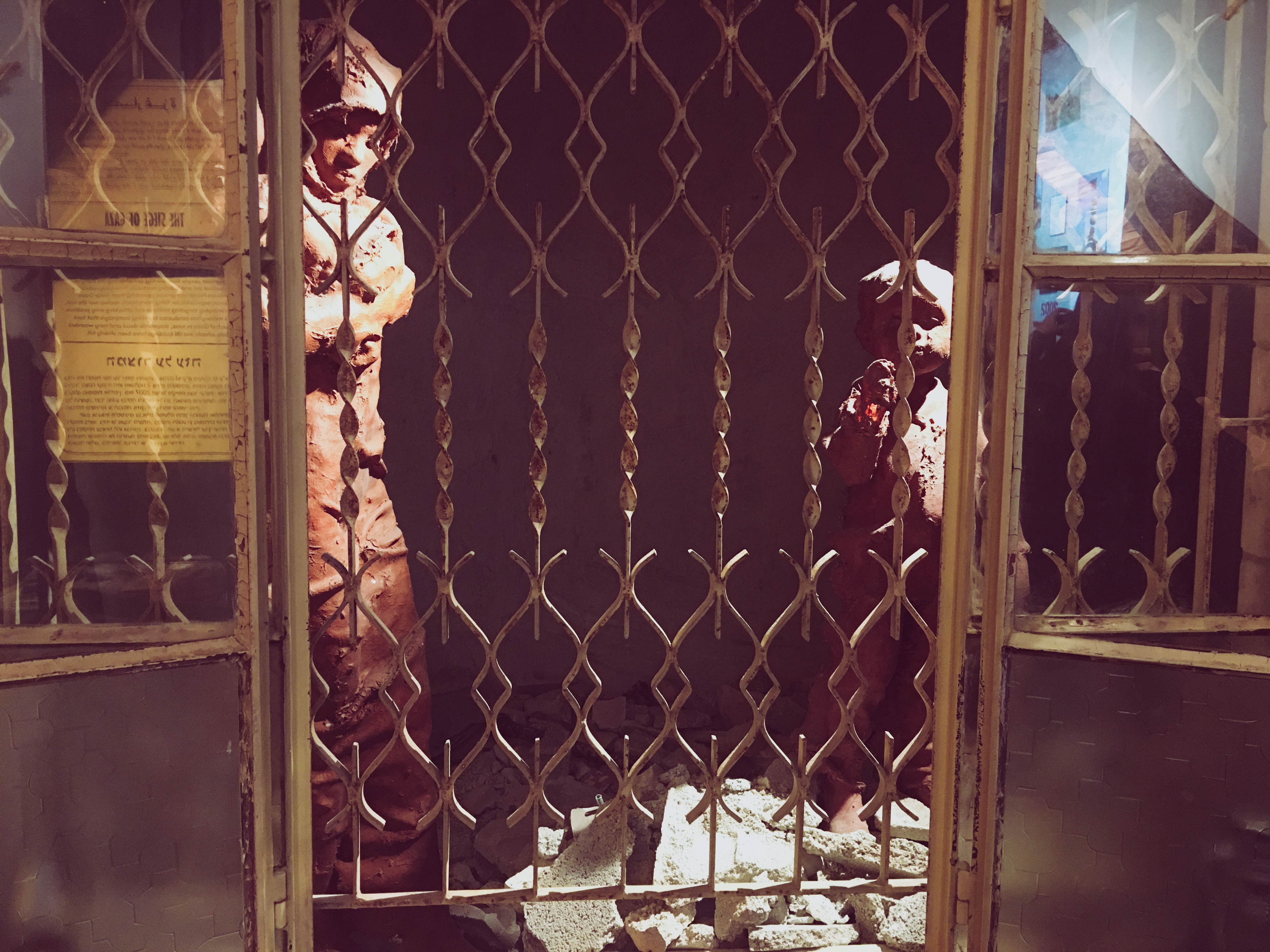


If you had 30 minutes before your home was demolished, what would you save?
At this point, some may be wondering if the whole thing is just one big, ugly, anti-semitic insult. I assure you it is not. Palestinians are Semites as well, after all. What it is, is truth. It isn’t one that more conservative groups would support or agree to, but it wasn’t at all anything that promoted hate or violence towards any one group or people. It is the attempt to preserve the story of a people.
There were outlined historic timelines and facts. There is literature available in the library. There’s a gallery displaying the beautiful work of Palestinian artists. There is even a gift shop. Not far from the hotel itself is the Aida Refugee Camp, established in 1950, home to about 5,500 Palestinian refugees whose families were displaced from their homes – and continue to be displaced (you can even take just a walk from the hotel).
I needed to process it all. I had so many questions. I sat and ordered tea. The hotel offers a beautiful, high-end afternoon tea service – again, British.
I sat at the soft white linen-draped table. The soft-spoken, Palestinian server gently placed the delicate china and sweet cakes in front of me. And as I sipped my tea and my eyes lifted, my privilege was stripped raw once more. The graffiti wall with calls for freedom, cataloging human struggles and sacrifice dominated the outside space, the images of protest, surveillance, and invasion mingled in with the tunes of Hans Zimmer, Massive Attack, Flea, Trent Reznor, and Atticus Rosswere playing from the grand piano.



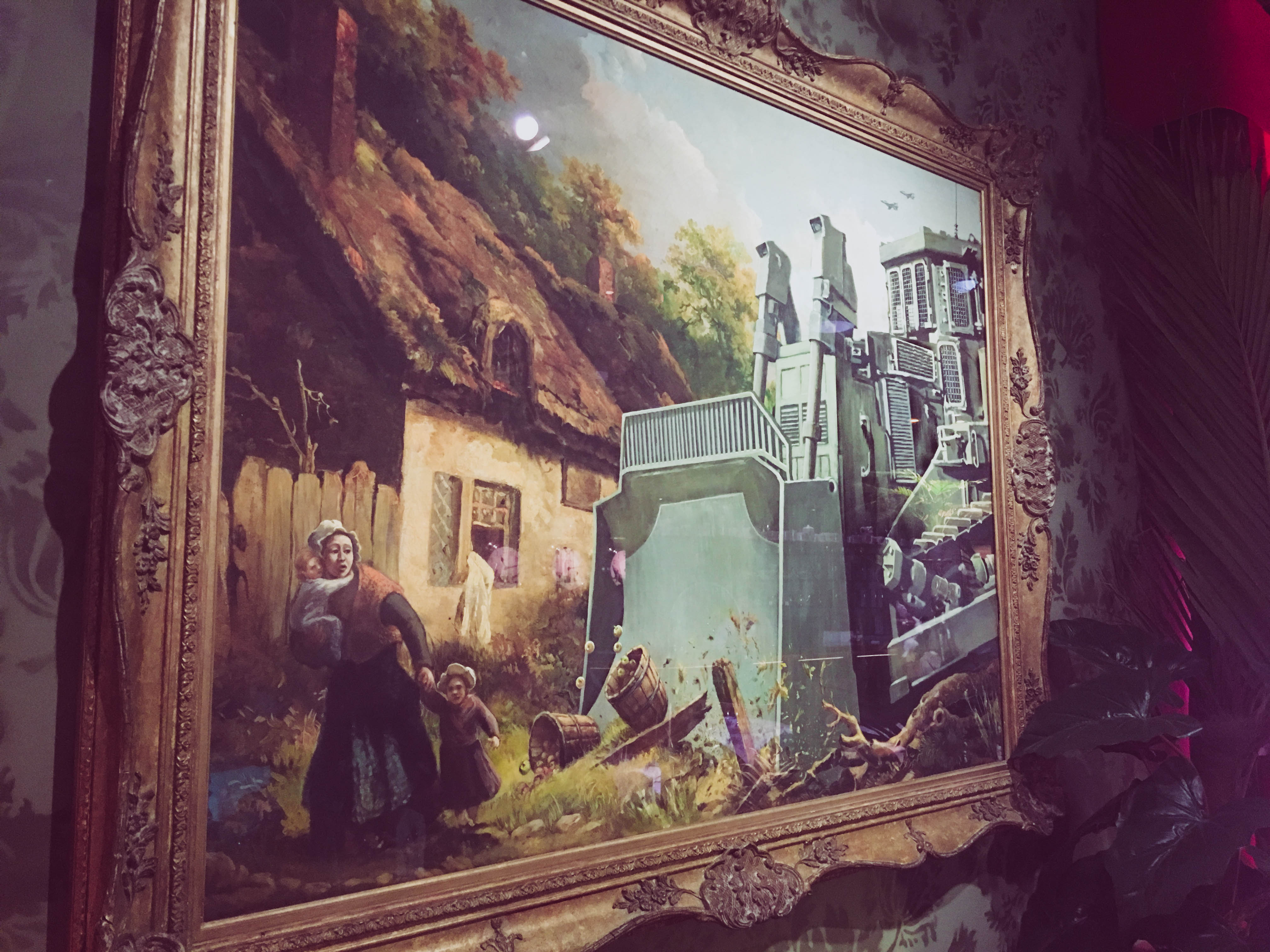
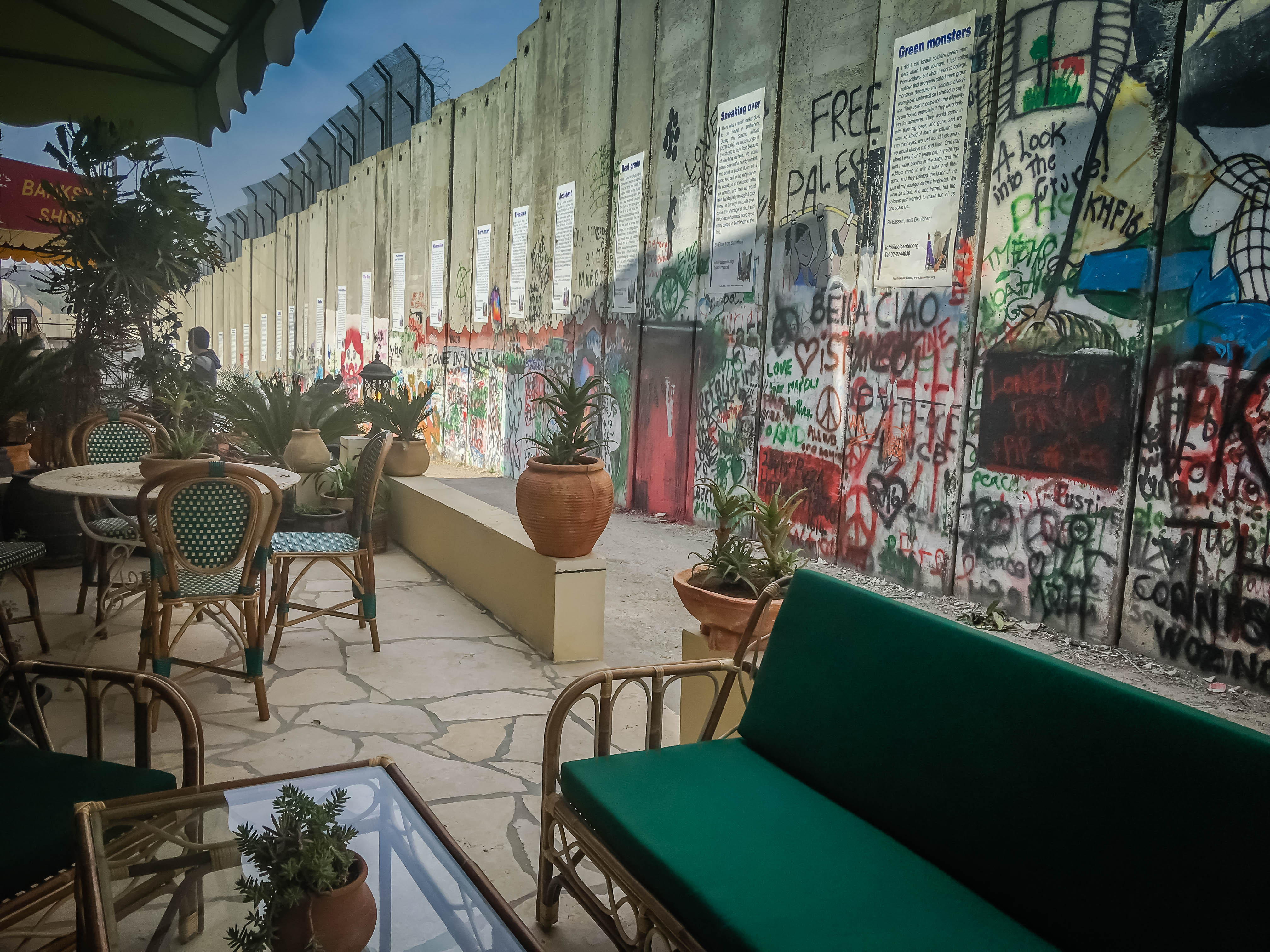
“Banksy is a genius,” I thought to myself as I sat in the mess that awareness tends to leave us with, the bliss of my ignorance gone.
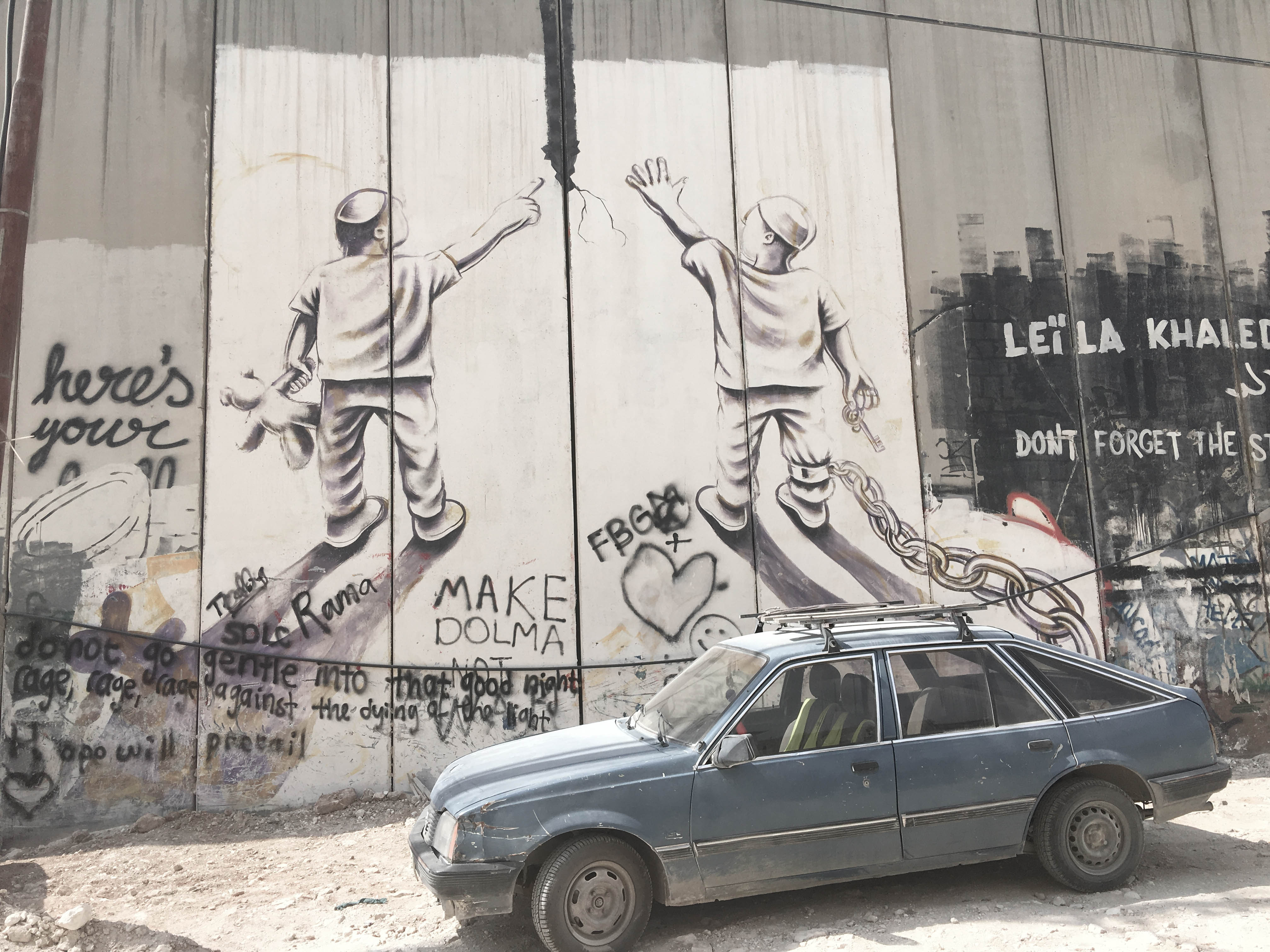

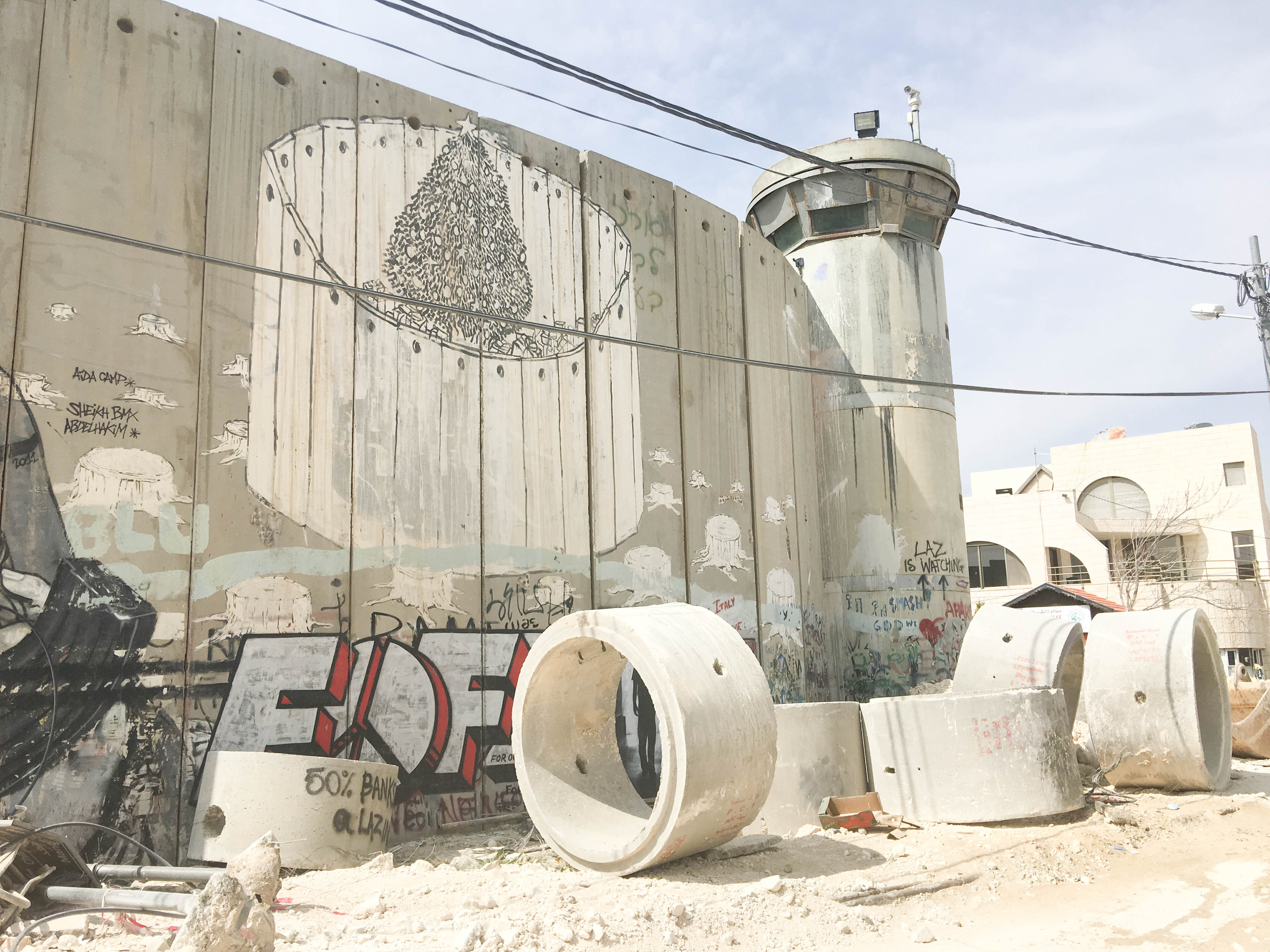
I left the hotel a bit dazed. Hotel rooms are sold out well into the summer. Yes, people stay here. As I tried to figure out the way to the checkpoint back into Jerusalem I was helped by street vendors who through a mix of hand gestures and words I didn’t understand, led me on the right path. The screening process was quick with no one really looking at the details of my passport once it was clear it was American. This was not the case for Palestinians with permits trying to get in. It was clear their experience was far more challenging…and less privileged than mine. The bus arrived just as I exited the long, depressing tunnel crossing the border, and I knew I would never be the same.

Return home
Before I left Jerusalem, I didn’t feel I would be able to really talk about my experience visiting the hotel and walking around the West Bank. I truly believed any discussion would be deemed too controversial. But since coming home, I have taken the risk of opening up, and have had conversations with strangers and friends. Conversations I would have never had the courage to bring up with my Jewish friends till now. I have met more Jewish and Palestinian people wanting peace and unity and discussion than not, some with very vocal opposition to how their government is behaving, some with very real fears of being accused of being anti-Semitic, anti-Israel, or even worse, of being shunned by their community. Many Jewish people whom I spoke to in Jerusalem shared their experiences of being visited by the IDF, their businesses shuttered, and their neighbors’ distrust of them because of their opposition.
I have been more aware of protests both here in the states and abroad, not just from Palestinians but from Jewish communities as well speaking up against the settlements and expansion and control of Palestinian territory and human rights abuses. I have had the incredibly enriching opportunity to hear personal, human stories that further inspire me to stay informed and to seek out more than what I hear in the news waves. People have generously sent me books, films, links to articles, and information on various organizations that open my mind to what is really going on and how communities here and in the Middle East are working together for positive change. I was reminded to question everything, that “terrorist” is a label, and who the terrorist is depends on what side of the wall you stand on. Most of all, I was again gifted with the riches that travel offers, especially when choosing a path unknown (or at least one that you are unsure about), of opening your mind and your heart and of asking the difficult questions but then also really listening to the sometimes also difficult answers, even when they are inconvenient and painful to hear.

It’s a delicate thing, navigating a space and a topic that is so personal and so emotional to many, and so foreign to me – and yet, so familiar to many aspects of my cultural history. So many of us come from a history of colonialism, political corruption, abuses, and violence, bought and paid for by the highest governmental and corporate bidder, with the blood of our people. It’s hard to not feel this from a very personal place when its elements are so familiar. It’s political and personal, infuriating and heartbreaking. Unbelievable and real. It’s easier to dismiss it as something that doesn’t concern me, or anyone who isn’t affected in some way. However, we as a people have a voice in demanding better from our leaders, a voice we shouldn’t allow others to intimidate into silence, while also understanding that knowledge is the only thing that gives us the power to do that. Until we realize this, the voice we lift isn’t our own. The image put forth is not who we, or they, are.
This was my experience during my time in one very small part of a much larger country and one that I lingered in because I needed to. Most Palestinians I met, both in the West Bank and in Jerusalem were curious about me as well, and friendly and engaging. I even had moments of deep conversation, from politics to religion. I am even more inspired to revisit Palestine than ever before.
I also wrote about my time in Jerusalem, but I want to leave you with this wonderful video from Nas Daily, a Muslim vlogger, who has done a beautiful job in sharing his culture and his voice, as well as bringing that of others, including those from the Jewish community, through his travel videos. Make sure to check them out!

